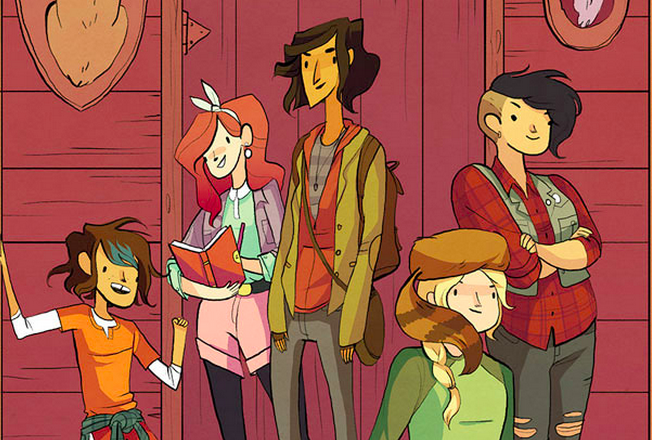
Opinion: Lumberjanes – Diversity To The Max!

When you mention comics, a lot of minds will jump straight to the superheroes. The buff men in capes, the mystical powers and the hellbent villains. Those minds wouldn’t be wrong, but they would be missing out. Among all of those capes and laser beams are some particularly sparkly gems. Publishers like Boom! Studios are releasing content that smashes those caped expectations and breaks down the walls built high around the comics industry. One comic in particular that revels in tearing down those walls and inviting everyone in is Lumberjanes created by Shannon Watters, Grace Ellis and Noelle Stevenson.
Since day one, Lumberjanes has been pushing the boundaries and raising the bar for all-ages comics. It’s a perfect mix of positive portrayals of young girls and female friendships, diversity and fun.
With issue #17, Lumberjanes raised the bar yet again when Jo talked about being a trans girl for the first time. The reveal was handled with respect, sincerity and sweetness. With just a few panels, the Lumberjanes team shattered some of the most prevalent tropes and provided a beautiful alternative.
Trans representation, while crucially important, is rare, especially in all-ages media. Trans kids have very few opportunities to see themselves reflected in the media they’re surrounded by. A lack of representation can be incredibly damaging; it wrongfully tells those who see themselves everywhere that they are the default while telling everyone else that they are ‘other’. Kids dealing with gender-identity struggles may not even know that they can stray from their assigned gender if they don’t see healthy examples of people doing so. Seeing a confident, happy and loved trans girl in one of the most popular comics out there has the potential to change lives. When most trans stories tend to avoid the positive side, this is crucial. Suicide rates among the transgender and non-binary communities are devastatingly high, making it incredibly important to show young people that it’s okay to reject an identity that doesn’t fit you and that you can live a happy life when you do so.
Trans characters are routinely mistreated, used as the butt of cruel jokes or plagued by various forms of ‘tragic tropes’. They are treated as ‘other’, as outsiders and people living on the side-lines. More often than not, trans characters are addicts or sex-workers and while that may be the reality for many people, it shouldn’t be the only life represented. With Jo, we have a young trans girl who is happy, confident and loved. She’s surrounded by people who adore and support her. Jo is ,for lack of a better word, a normal kid. This is even more special in an all-ages book like Lumberjanes. It shows questioning kids that you can be yourself and be happy while telling cis kids that trans people are just that: people.
Trans and nonbinary characters tend to be background or supporting characters. They are there but they’re rarely the focus of a story. For example, Alysia Yeoh from the New 52 Batgirl is a beloved trans character. Her coming-out conversation was important and a big moment in recent comic history, but she was never again in the forefront. She was there and that’s something I in no way want to dismiss or erase but, as one of the most prominent mainstream trans comics characters, she wasn’t exactly prominent enough. Jo, on the other hand, is the Leader of the Lumberjanes, and she’s front and centre.
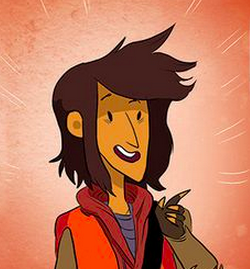 Trans characters often have to ‘pass’ and are pushed to the very limits of the gender spectrum. Jo is a girl who doesn’t present as extremely typically feminine. This is important because presentation does not equal gender; you can present however you choose. The clothes you wear, your makeup or your hairstyle have no effect on your gender identity. There’s nothing wrong with presenting how ever you like and feel most comfortable. The problem lies in the idea that, in order to be a particular gender, you must look exactly how society expects people of that gender to look. That to be a man you must be masculine or to be a woman you must be feminine. You do not have to ‘pass’ to be who you are but this idea is perpetuated when the majority of trans characters are shown to be hyper masculine or feminine. If that’s how you like to present then power to you but alternatives should be represented to avoid the reign of small-minded ideas of what gender means.
Trans characters often have to ‘pass’ and are pushed to the very limits of the gender spectrum. Jo is a girl who doesn’t present as extremely typically feminine. This is important because presentation does not equal gender; you can present however you choose. The clothes you wear, your makeup or your hairstyle have no effect on your gender identity. There’s nothing wrong with presenting how ever you like and feel most comfortable. The problem lies in the idea that, in order to be a particular gender, you must look exactly how society expects people of that gender to look. That to be a man you must be masculine or to be a woman you must be feminine. You do not have to ‘pass’ to be who you are but this idea is perpetuated when the majority of trans characters are shown to be hyper masculine or feminine. If that’s how you like to present then power to you but alternatives should be represented to avoid the reign of small-minded ideas of what gender means.
Another problem facing trans characters is that not all of them are trans characters. Comics are full of fantasy, sci-fi and magic and it’s part of what makes them great. But it leads to some murky ideas of what counts as representation. Shape-shifters, body-swaps and magical accidents give us plenty of characters who could fall under the trans, gender-fluid or non-binary categories but do they count as representation? If it’s innate to the character then yes, but otherwise no. If a character was assigned a gender they don’t feel is theirs then yes, if by some crazy coincidence they swap bodies with someone of a different assigned gender then no. A character needs to be trans by default in order to provide representation. Jo may live in a world full of monsters and magic but she’s a very human, very everyday character.
One more thing worth mentioning is how Jo’s coming out came to be. Coming out is often shown as a traumatic experience, and depictions of the process can be terrifying! Our confirmation that Jo is a trans kid came because she saw and recognised someone struggle and reached out to them. It was sweet and caring and further proof of what we already knew: Jo is a wonderful, understanding and loving character who will change so many lives for the better.
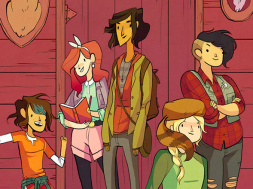



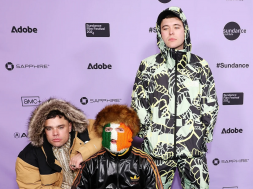


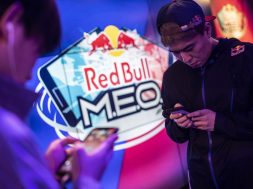


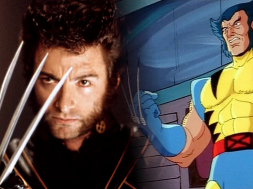
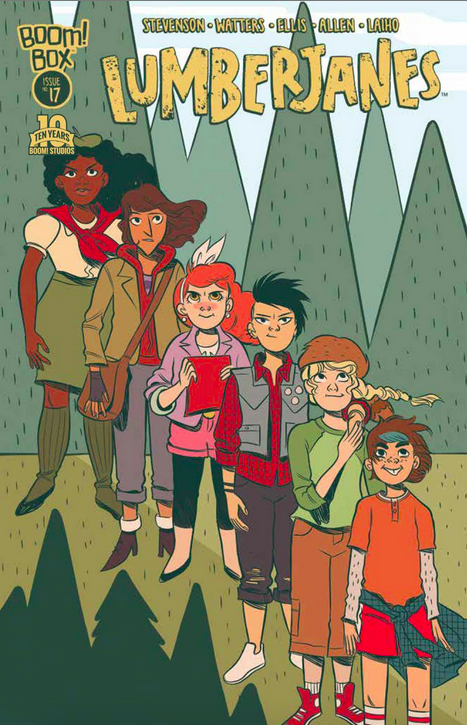
Comment(1)
Comments are closed.